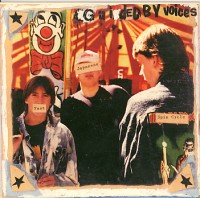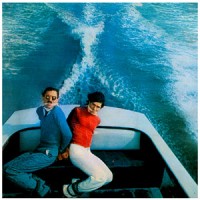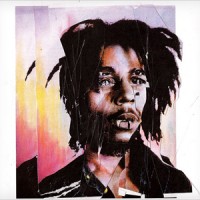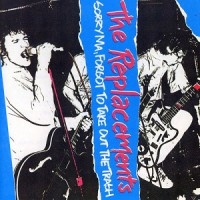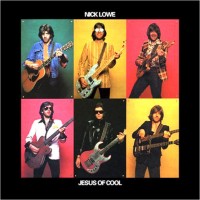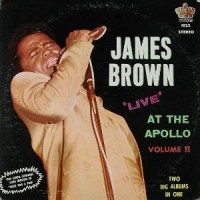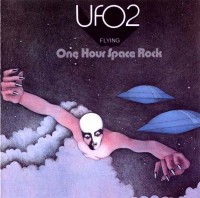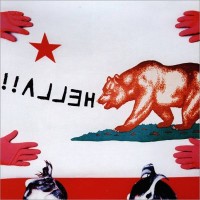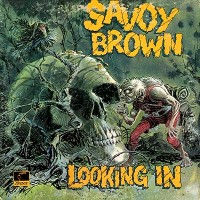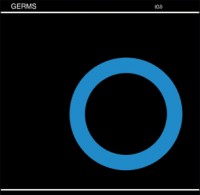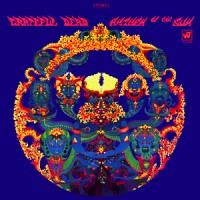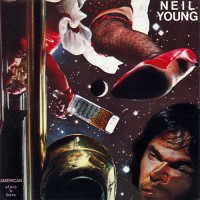
The cover art here was the first thing that caught me. Neil has fallen, his face smooshed down on some glass floor. But from your vantage point you can see all the action above his head; an obscured girl with a bottle, bright stars and crescent moon. Pretty disorienting, and it doesn’t give clues to the content inside…
On this album, Neil stirred up songs that were really intended for other projects and put them on a single platter, making this a looser album made in a pinch. When it was first released that was probably the main gripe of critics, lack of consistency. So, steel guitar and country twang take up a bit of the first side (The Old Country Waltz, Hold Back Your Tears), with spots of heartland rock breaking through (Saddle Up The Palomino, Bite The Bullet). Side two has more of the same; zig zags of country and rock songs, especially the guitar showcase of “Like A Hurricane,” probably his most impressive longplayer after “Cortez The Killer.” Maybe even better. Another great standout on this side is the affecting “Will To Love,” which could put a tear in your beer.
A great smattering of Neil Young material, “American Stars N’ Bars” touches on many a feeling from previous albums like “Zuma” and “On The Beach,” really well at that. I guess he had too many good ideas falling out of his head and this is where they ended up. – Wade


